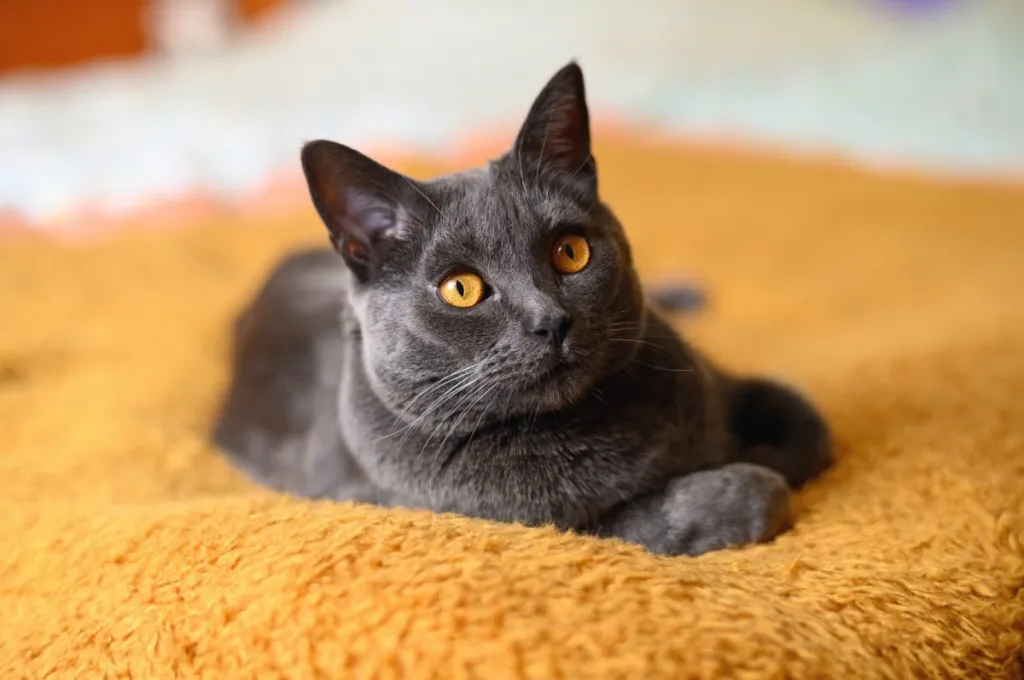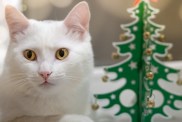The Chartreux cat, known for their quiet elegance and gentle disposition, is a beloved breed from France. These medium to large-sized cats have robust, muscular bodies, round faces, and copper or gold-colored eyes. One of the most striking characteristics of the Chartreux is their dense, short, water-resistant blue-gray coat, often described as “wool-like” in texture. Their fur can develop a slightly…

Mineral oil is a lubricant laxative that can be used in small doses to deal with constipation in cats. It…




